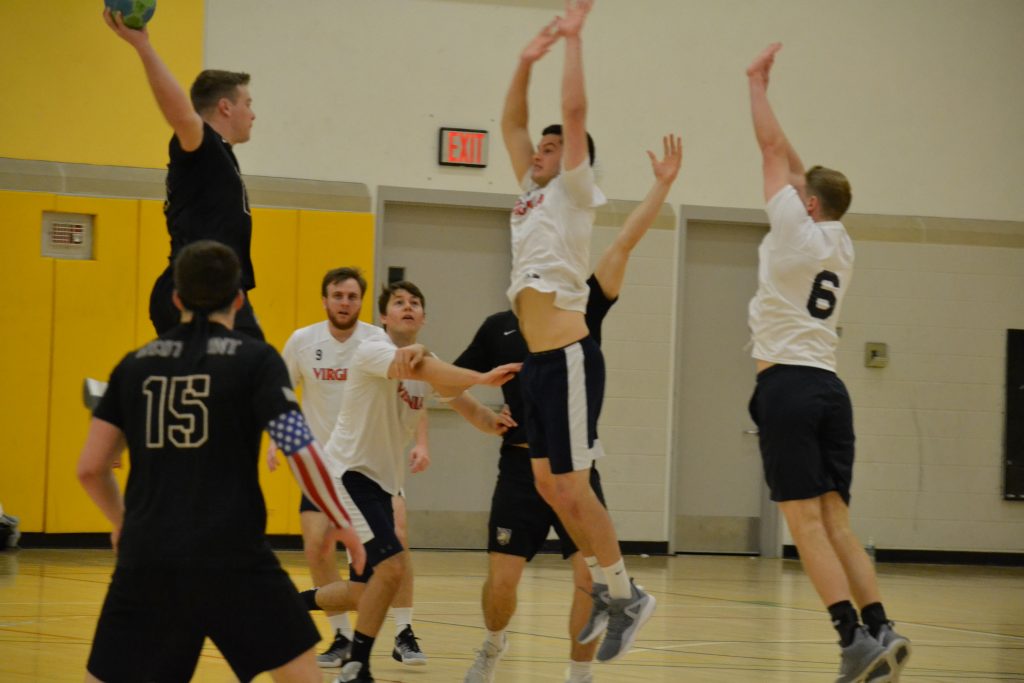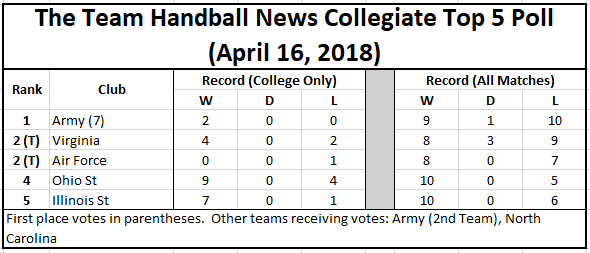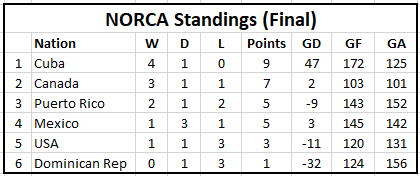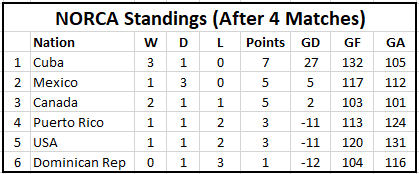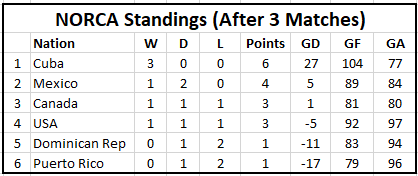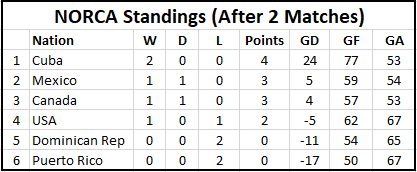
Who should be on the USA Team Handball Board?: A Gospel Spreader: How about a media personality that’s already fallen in love with the sport? For consideration: Bill Simmons, Scott Van Pelt and Stefan Fatsis
In the coming year as many as 7 new directors will be elected/selected to serve on the USA Team Handball Board of Directors. This series of commentaries will highlight some traits, skills and backgrounds that might be a good fit. And, what the heck, even identify a few candidates by name. Part One focused on candidates with wealth. This part focuses on finding a Board Member who can help spread the good word.
The Underlying Problem to the Money Problem
In Part One of this series I stated matter of factly that USA Team Handball’s #1 problem was a lack of revenue. While this is true statement it’s important to step back and ask why is there such a lack of revenue? That seemingly simple question can be answered in a lot of different ways:
- Because we have a small membership base.
- Because we don’t have any major sponsors.
- Because we have very limited revenue streams.
- Because the USOC changed their grand funding philosophy towards medal winning sports.
All of those reasons for a lack of revenue are true, but I would argue that there is an underlying root problem that, if successfully addressed, will go a long way towards solving the revenue problem.
That root problem: The Lack of Awareness; As in far too few people in the U.S. are even aware of the sport of handball.
I’ve addressed this problem in several commentaries. These two commentaries from 2012 summarize the problem in detail:
- Why weren’t the U.S. national teams at the London Olympics (Part 5): A lack of awareness and marketing: One in a million: The 312 real fans of team handball in the U.S.: Link
- Why weren’t the U.S. national teams at the London Olympics (Part 6): A lack of awareness and marketing: The Catch-22 TV paradox: Link
The cliff notes version: Only about 5% of the American population even know the sport of handball exists and the lack of regular TV broadcasts really inhibits the likelihood of more Americans discovering the sport and becoming fans and players of it.
Solve the Awareness Problem and Revenue will Follow
If USA Team Handball were to successfully address this “lack of awareness” problem increases in revenue would undoubtedly follow. This is because there would be more fans of the sport, making sponsorship more than just charitable giving. This is because there would be more Federation members and players contributing to the membership revenue stream. More players, in turn, would, over time, improve the player pool and the quality of our national teams. Leading in turn to better performance on the court and more support from the USOC. And, eventually to another revenue stream, networks paying for U.S. National Team matches.
We can debate just how much revenue will follow. And, we can debate how long it will take for those trickle down dollars to follow. But, there should be no debate as to the overarching interrelationship between the awareness and revenue problems.
The Awareness Problem will be Solved
I’ve written ad nauseam about this problem and the importance of regular TV broadcasts. I’ve highlighted the problems with some of the networks that have acquired handball TV rights and the lack of emphasis U.S. Team Handball has placed on this issue. I’ve looked longingly at how some other sports (soccer, rugby and lacrosse) have addressed and in some cases have solved their awareness problem. And, I’ve looked at the changing landscape for sports distribution as digital web streaming continues to play an ever increasing role. I’ve tried my best from my news/blog website to be a pied piper for this cause.
Overall, I’m convinced that it’s only a matter of time before this problem solves itself. The sport of handball has a lot of challenges and handicaps, but its attractiveness as a televised sport is not one of them. Handball is not very likely to become a top tier sport in the U.S., but it’s going to have a significant niche in the U.S. sports market. And, due the wealth and overall population (326 million) of the U.S. such a niche is nothing to sneeze at.
It’s going to happen, sooner or later. Even if absolutely nothing is done to address this problem it will solve itself. But, why on Earth, shouldn’t we try to do some things to make it happen sooner?
Solving the Problem… Sooner
So, here’s where the Gospel Spreaders come in. Every four years, like clockwork, handball in the U.S. gets a publicity blitz courtesy of the Olympics. Print reporters, bloggers, TV and radio personalities get their first opportunity to see the sport and they fall in love with it. They write odes to the sport, devote entire radio and TV segments to it and inevitably they discuss why the U.S. isn’t any good at such an American looking sport. And, they come up with plenty of “interesting” conceptual ideas as to how the U.S. could become a world handball power. Their discussions while well intentioned and often entertaining are usually superficial and don’t fully appreciate how professional the sport is in Europe. (Sorry, Lebron and a few other NBA players aren’t going to take handball gold at the Olympics anytime soon.)
And, like clockwork, after the Olympics are over the short lived interest in handball also recedes from consciousness until 4 years later there is another Olympics and the American handball cicadas come back out.
Here’s a greatest hits of some of the pieces that have been written over the years
- 2008: Sean Gregory: Hey, America, What About Handball?: Link
- 2009: Stefan Fatsis: Team Handball Has It All, Except an American Interest: Link
- 2012: Bill Simmons: The London Chronicles, Vol. 2: Handball! (Handball?) Handball!: Link
- 2016: Adam Kilgore: U.S. athletes run fast, jump high, throw hard — why are we so bad at handball?: Link
Nice stories, but, what if the U.S. could get one of those new handball converts to stay fully engaged with the sport? To not disappear and instead use his media savvy to strategically keep the sport in the limelight. To successfully lobby a quality TV network and/or some new media digital options to continue broadcasting handball with matches from Europe, U.S. National Team and domestic competitions. In short, help craft and implement a plan to move the sport forward in the consciousness of the U.S.
While that board director would primarily address the awareness problem he/she would also get involved with other aspects of Federation operations. And, while some might pooh-pooh the thought of having a media person on the board by virtue of their years of experiencing observing other sports they may very well have some insights and suggestions that are worth considering.
And, of course, that would be the pitch: You’ve shown that you’re a big fan of this great sport. We need your help in promoting this sport so that others will discover it. We need your help in transforming it from an interesting curiosity every 4 years into a mainstream niche sport. If we can do that our national teams can only get better. Would you like to play a role in this turnaround? Will you do this for your country?
Candidates for Gospel Spreader
Bill Simmons: For a number of reasons, Bill Simmons, is at the top of my list. His article from London, as well as a short segment on his HBO TV show during the Rio Games, shows his affinity to the sport. He’s also got a huge following with his BS Podcast, The Ringer website and 6M Twitter followers. And, at the moment, he’s unaffiliated and essentially his own boss. He could devote a few hours a week to handball and actually try to put some of his whimsical analysis on how “to make handball great again in America” into action. Why one could even envision it as a thinking man’s documentary/reality TV show or podcast. A real life laboratory taking place over several years and culminating with the 2016 Olympics
Scott Van Pelt: During the 2012 Olympics, probably no media personality got more engaged with the sport of handball than ESPN’s Scott Van Pelt. Entire nation wide radio segments devoted to Team Handball. Absolutely unprecedented. He even had somebody make him a USA Team Handball T-Shirt so he could wear it on the Radio/TV simulcast. In the 6 years since his profile has increased and he’s arguably the most prominent sports anchor on America’s top sports network. But, I haven’t heard a lick about handball from him since that brief shining moment 6 years ago. Still, he’s someone to consider, especially if it could be coordinated with an IHF and/or EHF rights deal with ESPN
Stefan Fatsis: No one has been more engaged in spreading the handball gospel than Stefan Fatsis, a reporter who has written for the Wall St Journal and the New York Times and has been an occasional correspondent on National Public Radio. He wrote his first handball ode at the 2004 Olympics where he memorably asked French Coach Claude Onesta why the U.S. isn’t very good at handball. Onesta’s response: “As far as I am concerned, there are a lot of games at which the United States does not excel.” He’s continued to write about the sport every time he gets a chance and routinely drops a handball reference on the weekly sports podcast, Hang Up and Listen. Even did a podcast with me back in 2012 to get fired up for the Olympics. In short, when it comes to handball he walks the walk and talks the talk. His profile is nowhere near a Bill Simmons or a Scott Van Pelt, but maybe he’d try harder because he’d be more committed.
Others?: I’m sure there’s no shortage of would be media personalities that could be considered. Feel free to chime in with additional suggestions on the Team Handball News Facebook or Twitter pages.
